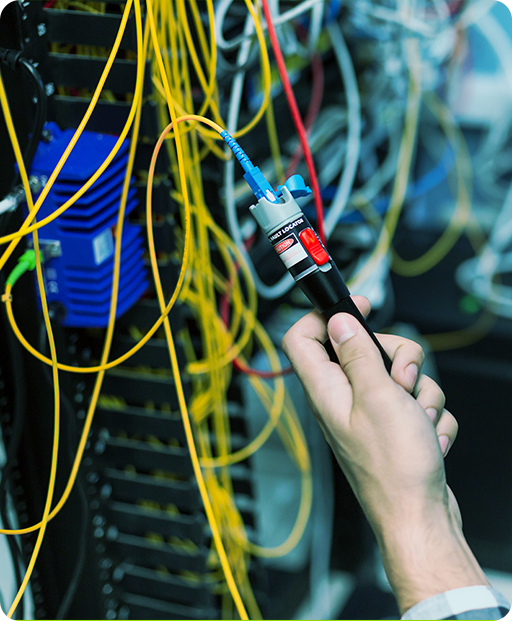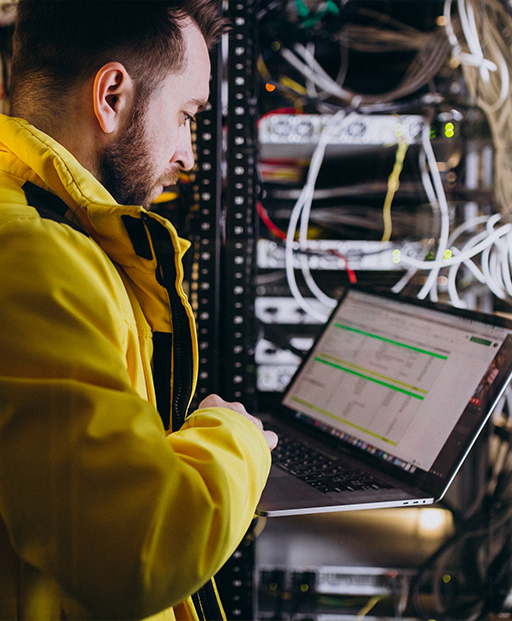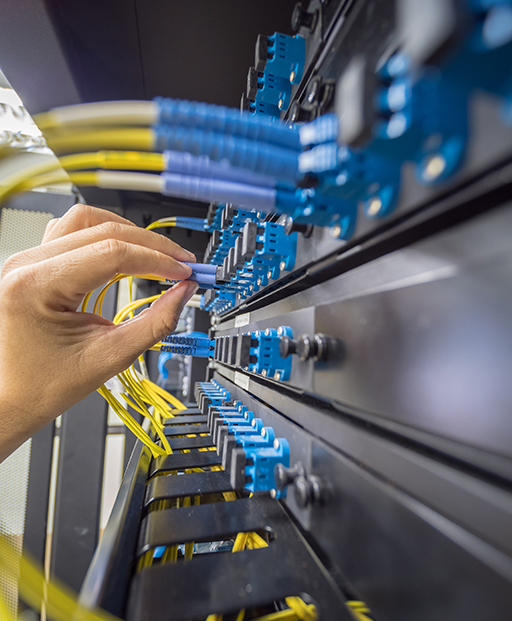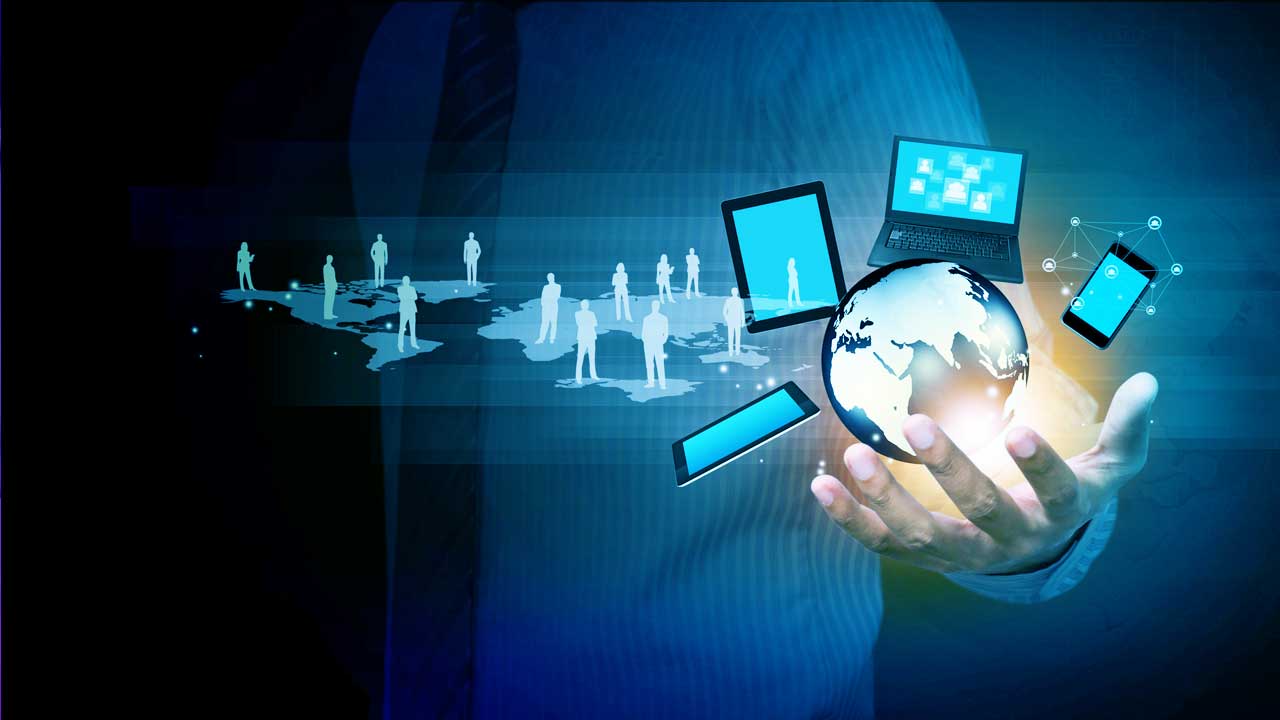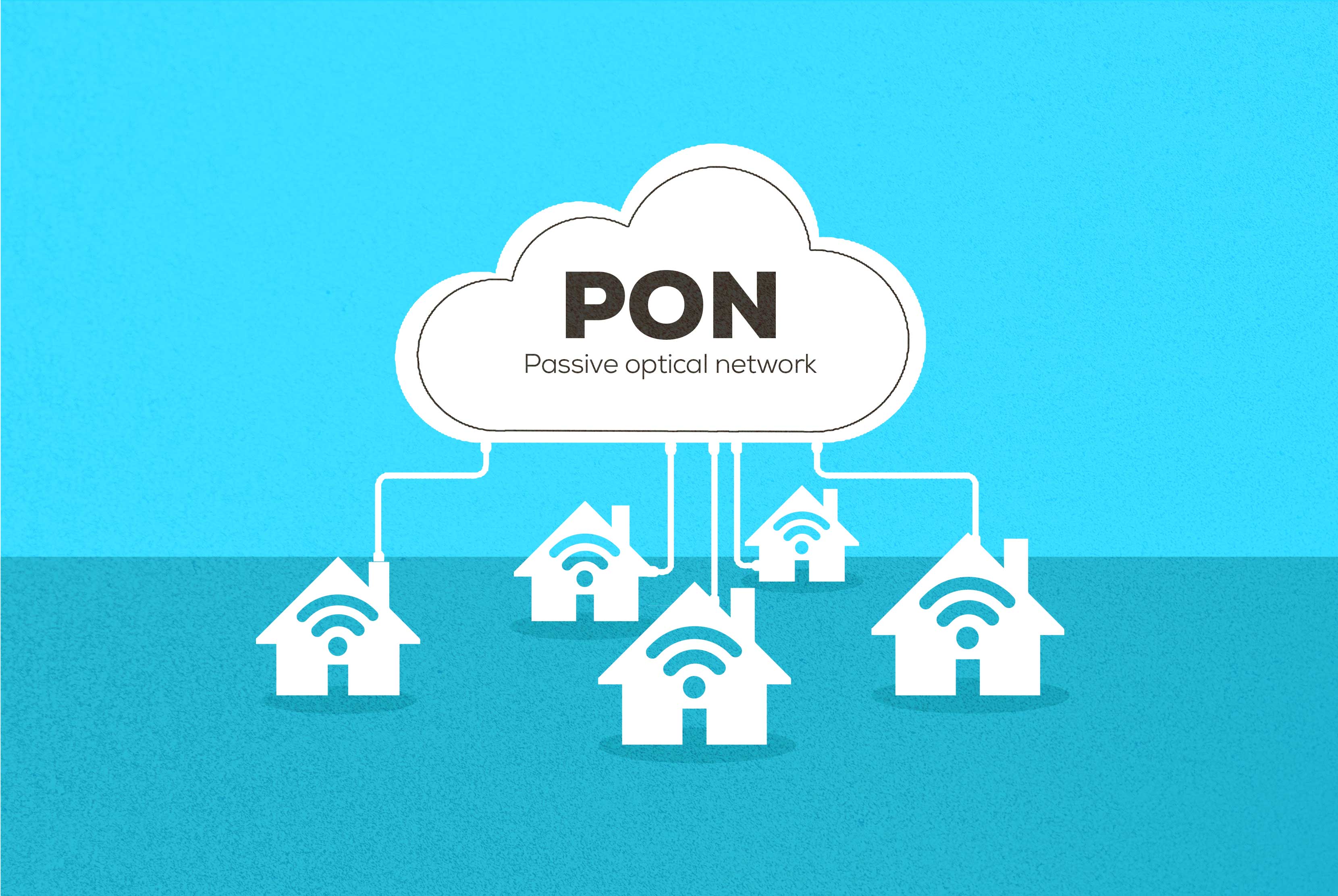FIBER OPTICS
Network of the Future using light Instead of electricity
The fastest-moving thing in the universe can now be part of your network. For your telecommunications, Power utility, and Cellular Back-haul applications, fiber optic services supply technical support that supports and serves everyone.
